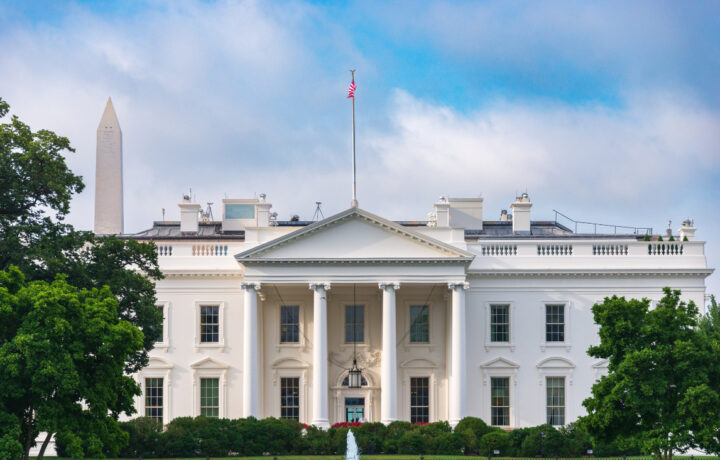In his first hours as president, Donald Trump released an executive order aimed at restoring in-person work across the federal government. The order mandates that federal employees return to their offices five days a week. This would end the era of widespread telework that began with the pandemic. This move is effective immediately and has already sparked a variety of reactions, from praise in some quarters to strong opposition in others.
Impact on the U.S. Economy
For many, the return-to-office mandate is seen as a necessary step to reinvigorate the U.S. economy, particularly in the Washington D.C. area. The federal workers make up a large portion of the workforce in this area. Local businesses in downtown D.C. have been hit hard by the pandemic-induced decline in foot traffic. This executive order is expected to bring workers back to the area, boosting local commerce and addressing rising office vacancy rates. D.C. Mayor Muriel Bowser has long pushed for this kind of action, frustrated by the hesitancy to fully restore in-person work.
Federal Employee Morale
However, the mandate is not without its challenges. Federal employee unions, which represent a significant portion of the workforce, are already preparing for potential pushback, and legal challenges could follow. Many federal workers have been working remotely part-time or full-time since the pandemic, and any move to revert to full-time office work could be met with resistance. Additionally, concerns about the long-term impact on work-life balance and employee morale are likely to persist, especially given the convenience and flexibility that telework provided during the pandemic.
Impact of DOGE
There’s also a broader agenda behind this executive order. Trump’s new Department of Government Efficiency (DOGE), led by Tesla and X CEO Elon Musk, is tasked with trimming down the federal workforce and slashing spending by up to $2 trillion. Musk, who has been a vocal proponent of the return-to-office mandate, believes that forcing federal employees back to their desks will result in voluntary retirements, which could help reduce the size of the government workforce.
This move is part of a broader strategy to overhaul the federal government, with other executive orders expected to freeze new hires. While the return-to-office mandate’s success will largely depend on how it’s implemented and the broader political dynamics surrounding federal workforce reform. The debate over telework and the future of the federal workforce is far from over. The coming months will likely see a continuation of this high-stakes conversation.




